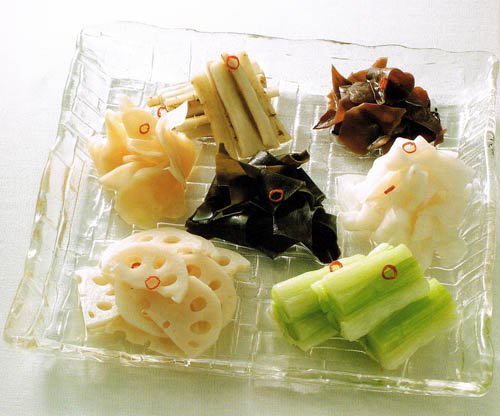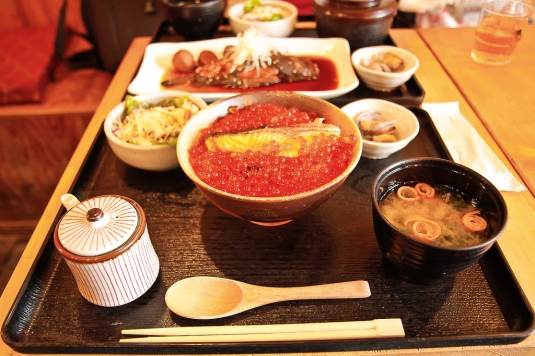Egg rolls are staple food in various countries around the globe. They are perfect for dinners and parties since they are delicious, kids like them, they are easy to prepare and the ingredients are easy to find and very affordable. If you want a delicious and easy to cook egg rolls, here is a simple recipe.
Ingredients:
-
16 ounces of wonton wrappers
-
1 pound ground beef
-
1 pound shrimp, peeled, deveined and chopped
-
2 green onions
-
1-2 cloves garlic, minced
-
1 head cabbage, shredded
-
3-4 stalks chopped celery
-
1 pound bean sprouts
-
3 tablespoons oyster sauce
-
5 tablespoons soy sauce
-
1 cup vegetable oil
Cooking equipments, you will need:
-
large skillet
-
wok
Cooking directions:
-
Put oil in a wok and place on high heat.
-
When the oil is hot enough, stir fry shredded cabbage, celery, bean sprouts and green onions until the vegetables properly cooked.
-
Add in chopped shrimp and stir properly until cooked.
-
In a hot skillet, cook meat until brown.
-
Drain the excess oil or grease from the skillet.
-
Add the cooked meat to the mixed vegetables and shrimp.
-
Stir fry over high heat then add soy sauce, oyster sauce, garlic and Ajinomoto.
-
After mixing the ingredients and seasoning properly, remove the dish from heat and wait for the mixture to cool down before preparing the egg rolls.
Preparing the egg rolls:
-
Scoop an adequate amount of the meat, shrimp, and vegetable mixture using a spoon depending on your desired amount or the amount suitable to the size of your wonton wrappers.
-
Place the mixture at the center of the wonton skin.
-
Fold or roll the wonton wrapper over and seal the open edges using a little bit of water.
-
Then deep fry egg rolls in vegetable oil until golden brown.
-
Serve immediately after cooking.












